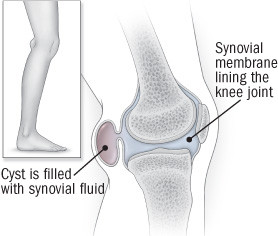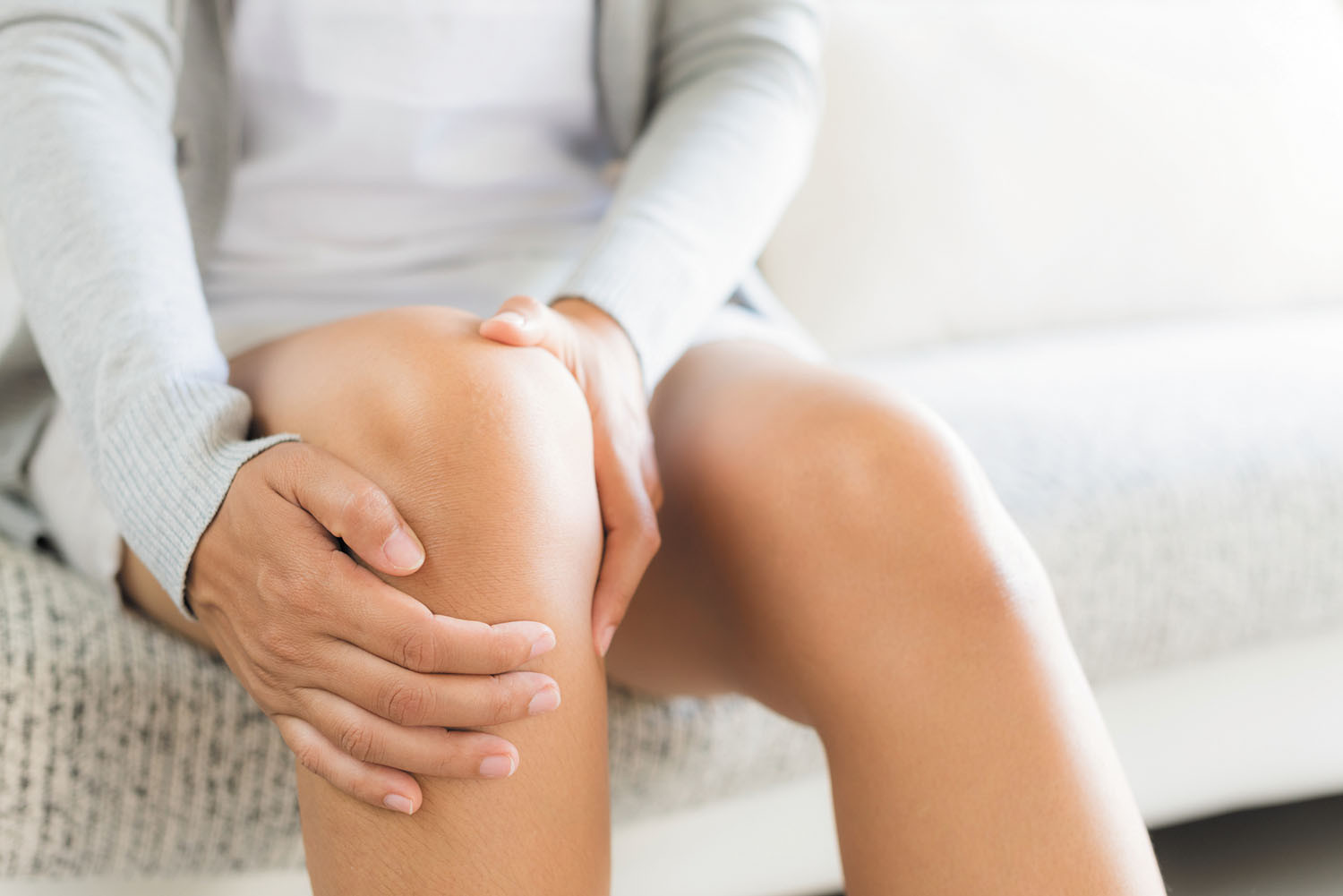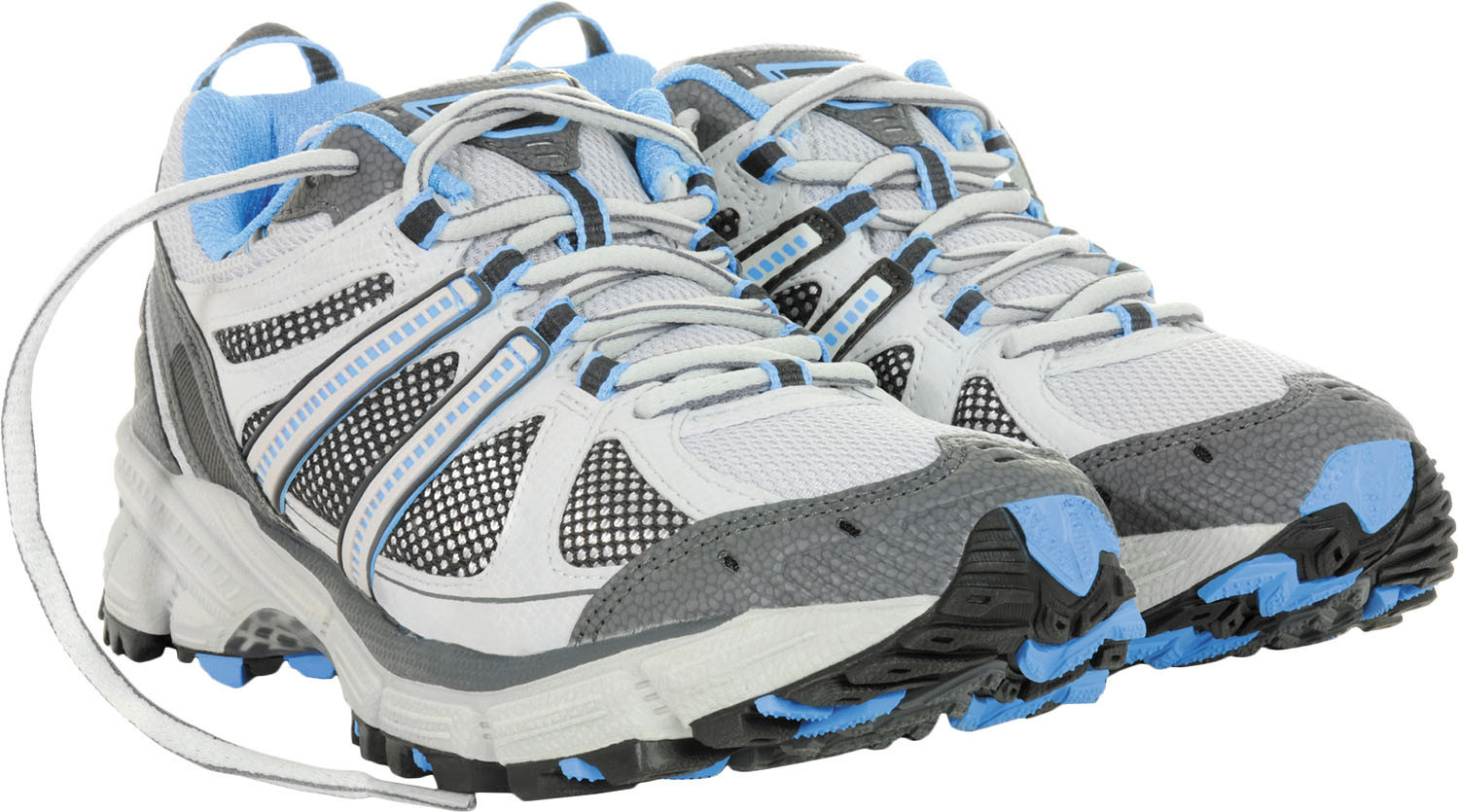
5 timeless habits for better health

What are the symptoms of prostate cancer?

Is your breakfast cereal healthy?

When pain signals an emergency: Symptoms you should never ignore

Does exercise give you energy?

Acupuncture for pain relief: How it works and what to expect

How to avoid jet lag: Tips for staying alert when you travel

Biofeedback therapy: How it works and how it can help relieve pain

Best vitamins and minerals for energy

Should you take probiotics with antibiotics?
Knees Archive
Articles
Walking for exercise may prevent knee pain
People with knee osteoarthritis may prevent future knee pain and reduce joint damage by walking for exercise.
Injections for knee osteoarthritis might not cause damage
People with knee osteoarthritis often gain temporary pain relief from joint injections. However, there is uncertainty about long-term risks of steroid injections. A 2022 study suggests that the risk may be minimal if these injections are done infrequently.
Ask the doctor: How do you treat a Baker's cyst?
I have a Baker's cyst in my right knee. It has been drained twice and recurred. Are there any other treatments for it?
Can platelet-rich plasma injections heal your joints?
Platelet-rich plasma injections are used to reduce pain and speed healing for a number of common problems that affect the tendons, muscles, and joints, ranging from arthritis to shoulder pain. But a growing body of research shows that they may not be effective for some conditions, including knee osteoarthritis, ankle osteoarthritis, and Achilles tendinitis. There is some evidence that it may be effective for lateral epicondylitis (tennis elbow). People should consider whether there is a better option before undergoing PRP injections.
If you have knee pain, telehealth may help
Osteoarthritis (OA) is the number one cause of chronic knee pain, affecting nearly a quarter of people 40 or older. A recent study of people with overweight or obesity and OA showed that telehealth visits can be an effective way to provide care and may even help with weight loss, which can improve symptoms and prevent OA from worsening.
Vitamin D deficiency might affect recovery from knee surgery
The best types of exercise when you have hip or knee pain
Need physical therapy? 3 key questions your PT will ask
Study finds these shoes are better at keeping knee pain in check
News briefs
When you have knee pain, you just want it to go away so you can walk without having to limp or wince with every step. And a small, randomized trial published online Jan. 12, 2021, by Annals of Internal Medicine found that one type of shoe might be best for the job. Researchers took 164 people ages 50 or older with moderate or severe knee arthritis and randomly assigned half of the group to wear stable, supportive shoes with thick soles that didn't bend much. The other half was assigned flat shoes with thin, flexible soles, which are believed by some to provide a benefit by allowing more natural movement of the leg and foot. Both groups wore their assigned shoes for six hours per day and took part in activities such as walking during that time. After six months, 58% of people in the stable, supportive shoe group reported a reduction in knee pain while walking, compared with 40% of people reporting pain reduction after wearing the flat, flexible shoes. In both groups, the pain reduction probably was a benefit of regular walking. The people wearing flexible shoes were also twice as likely to develop ankle or foot pain, compared with those wearing sturdy shoes. So if you have knee pain, keep walking — in sturdy shoes.
Image: © chictype/Getty Images

5 timeless habits for better health

What are the symptoms of prostate cancer?

Is your breakfast cereal healthy?

When pain signals an emergency: Symptoms you should never ignore

Does exercise give you energy?

Acupuncture for pain relief: How it works and what to expect

How to avoid jet lag: Tips for staying alert when you travel

Biofeedback therapy: How it works and how it can help relieve pain

Best vitamins and minerals for energy

Should you take probiotics with antibiotics?
Free Healthbeat Signup
Get the latest in health news delivered to your inbox!
Sign Up











